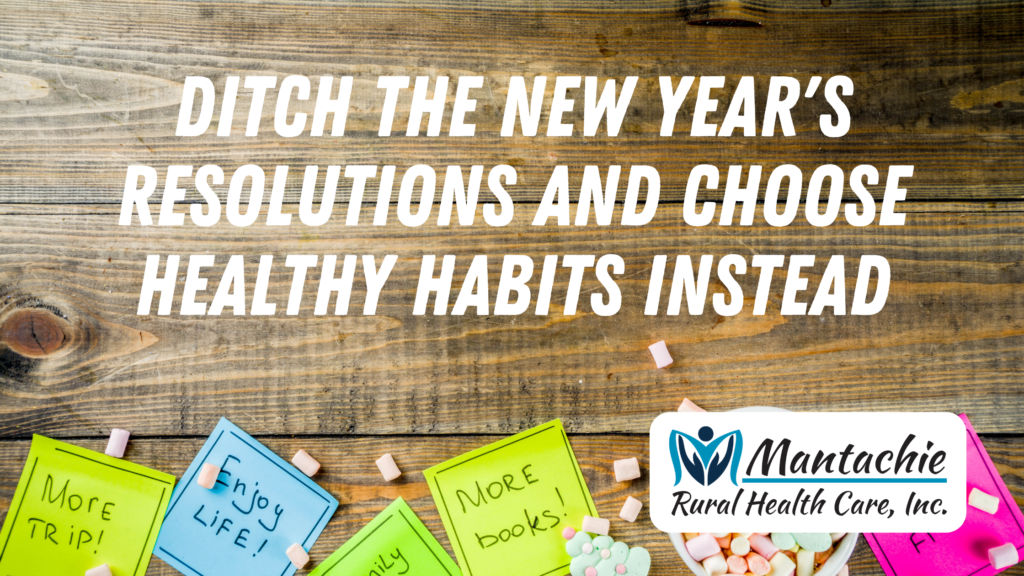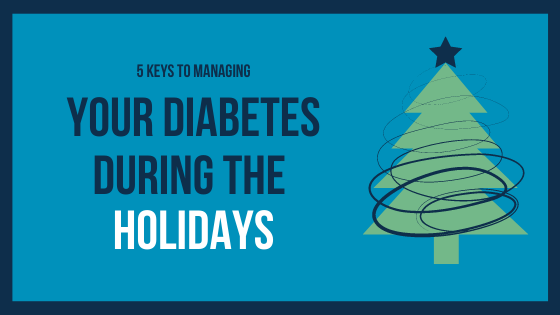
Happy New Year and hello, 2022! Can you believe a new year is here again? While we’re still processing 2020 and 2021, another year has rolled upon us, and with it more plans for this to finally be the year you stick to your new year’s resolutions. Great news! We’re here to help you do just that in today’s blog.
Stick to Your New Year’s Resolutions…by Ditching Them!
The reason most of us can’t stick to our new year’s resolutions is that we set the bar too high when we make them. For instance, setting a resolution of losing fifty pounds isn’t unrealistic but it is overwhelming without realistic goals set to get there. Instead of setting resolutions we recommend focusing on setting healthy habits that will ultimately help you reach those lofty resolutions.
Healthy Habits and How to Make Them Routine
According to Healthline, it takes anywhere from eighteen to 254 days to create a new habit and around 66 days for the habit to become automatic. So don’t give up if it takes you longer than two and a half weeks to make your habit stick. The best way to do this is to set small habit goals you can actually keep.
The very first step you should take to reach your goals is to get out a notebook and pen and write your goals down. Multiple studies have shown that writing down your goals brings more success in reaching them. We recommend keeping a journal so you can track your changes and results. Next, add your goals to your daily schedule. All smartphones come with a calendar option that you can use to set reminders and even schedule your goals for your day. Much like simply writing down your goals, adding them into your daily schedule makes it more likely you’ll stick to them.
We’ll stick to weight loss goals for example. First, you don’t want to just set a goal to lose x amount of pounds. There are plenty of ways to lose weight including unhealthy ways like fad diets and dangerous weight loss drugs. While not all weight loss drugs are “bad” even some of those prescribed by a healthcare provider have some not so enjoyable side effects. People who use fad diets and weight loss medicine to lose weight tend to gain that weight back as soon as they stop the diet or drug.
The best way to lose weight and keep it off is to change your diet and lifestyle. That seems like another one of those lofty resolutions that are impossible to achieve but the truth is, you can change your lifestyle and diet by making small attainable changes that add up in a big way. If part of your weight problem is that you are inactive, set a small goal to start walking or performing another physical activity for 30 minutes a day, two to three times per week. Once your new physical activity becomes routine for you, you can increase your activity goals.
If you need to make changes to an unhealthy diet, start with one change at a time like cutting out refined sugar and replacing it with healthy options like honey. Cutting out processed sugar will result in weight loss which will encourage you to stick to your new healthy habit and keep going with new goals like adding one more serving of vegetables to your weekly diet.
One healthy habit we recommend for all of our patients is the habit of visiting your healthcare provider for checkups even when you are not sick. Wellness visits keep you healthy with important screenings and exams that inform your provider about the current state of your health. Screenings performed during these visits provide early detection of serious conditions and diseases.
Can’t remember the last time you visited your Mantachie Rural Healthcare provider for a checkup? There is no better time than right now to schedule your next visit. Click here to schedule your appointment!










